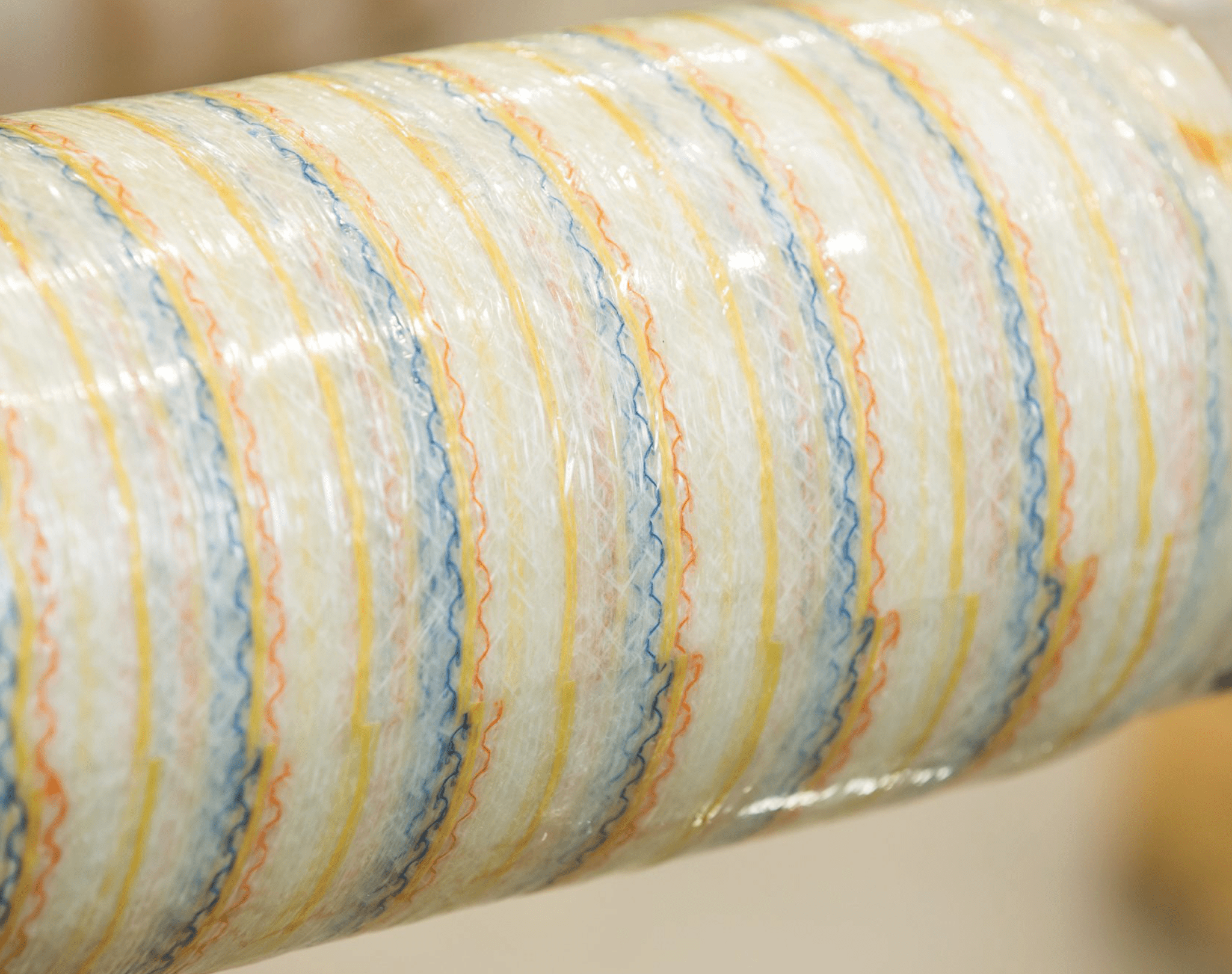Ensuring Integrity and Extending the Life of Composite Repairs
INSONO™ is ICR’s innovative non-destructive inspection system, specifically developed for use with Technowrap™ Engineered Composite Repairs. It utilises acoustic inspection methods; including pitch and catch, resonance, and mechanical impedance analysis to identify delaminations within the laminate and, most critically, disbonds along the bond line.
INSONO™ addresses two key challenges in the composite repair lifecycle:
(1) Validation of repairs throughout their design life
(2) Verification for design life extension beyond the original design life
Its compact, handheld design allows for easy deployment across all typical Technowrap™ repair application geometries, including difficult-to-access areas. The inspection probes are custom-designed to be effective in the specific application zones of composite repairs.
Advantages & Benefits
- Technowrap™-Specific Capability: INSONO™ is tailored specifically for the inspection of Technowrap™ composite repairs.
-
Portability and Accessibility: The handheld unit and interchangeable probes can be used across all system configurations and complex geometries.
-
Compact and Mobile: The full system fits into a small peli case for convenient mobilisation.
-
Trained Personnel: Inspection engineers are uniquely qualified in both composite repair application and acoustic inspection techniques.
-
In-Service Verification: Builds upon existing quality assurance processes by confirming that installed Technowrap™ repairs remain fit for purpose, offering clients added confidence.
-
Sustainability: Enables life extension of existing composite repairs, reducing the need for carbon-intensive steel replacements.
-
Ongoing Condition Monitoring: Supports long-term asset integrity management and regulatory compliance through regular inspection of ageing repairs.
Accreditation & Validation
-
UKAS Accredited (The United Kingdom Accreditation Service) – Certified to ISO/IEC 17020:2012 for inspection body competence
-
Lloyd’s Register Validated – Recognised for non-destructive examination of composite wraps and repairs
-
Patent Pending – Reflecting the innovative nature and unique application of the technology

Specialist Operator Training
All inspections are conducted by technicians who have undergone ICR’s bespoke INSONO™ training programme. This course is only available to personnel who have previously been trained in the application of Technowrap™ repairs, ensuring inspection is carried out by experts who understand the nuances of both the material system and the inspection methodology.
Send us your enquiry
Please complete the form below, and a member of our team will be in touch as soon as possible. Alternatively, please send your enquiry directly to sales@icr-world.com



